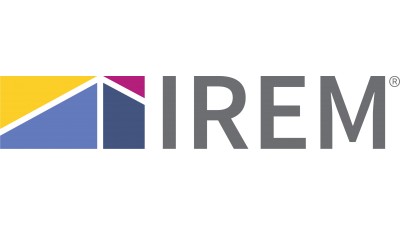Downtown Office vs. Suburban Office National Income / Expense Review (Chart of the Week)

The Institute of Real Estate Management (IREM), an international community of real estate managers, collected income and expense data from over 2,200 private-sector buildings across the US. This year’s sample represents 1,914 office developments, some of which contain multiple buildings.
The typical suburban office property contained an average of 109,457 SF and is occupied by an average of eight tenants. Contrast this with office buildings in downtown areas, which were typically much larger, containing an average of 308,662 SF and 13 tenants. The suburban office buildings tend to be relatively new, with 82.9% of them built within the last 35 years. However, downtown properties were more diverse in composition with 63.8% constructed since 1980. Typical suburban office buildings: 1 to 10 stories in height (91.6% of the suburban sample falls into this category). Note that 51.1% of this year’s downtown sample contains more than 10 stories, while 25.8% had five-to-10 stories.
As IREM compared median income and expenses during 2014, it was found that downtown office properties’ total actual collections were 17.6% more than their suburban counterparts. The suburban office project is less costly to operate than a downtown building, with total operating costs 23.2% less than those of a downtown building. All expense categories for suburban properties were less than those experienced by buildings in a downtown setting. Though the downtown properties reported higher total actual collections than suburban properties, the overall operating experience of both downtown and suburban office markets were similar, as reflected by the median operating ratio (total operating costs divided by total actual collections). The median operating ratio for at a suburban development was .45 while a downtown building’s operating ratio was .48.
Click here to learn more about the reports.

